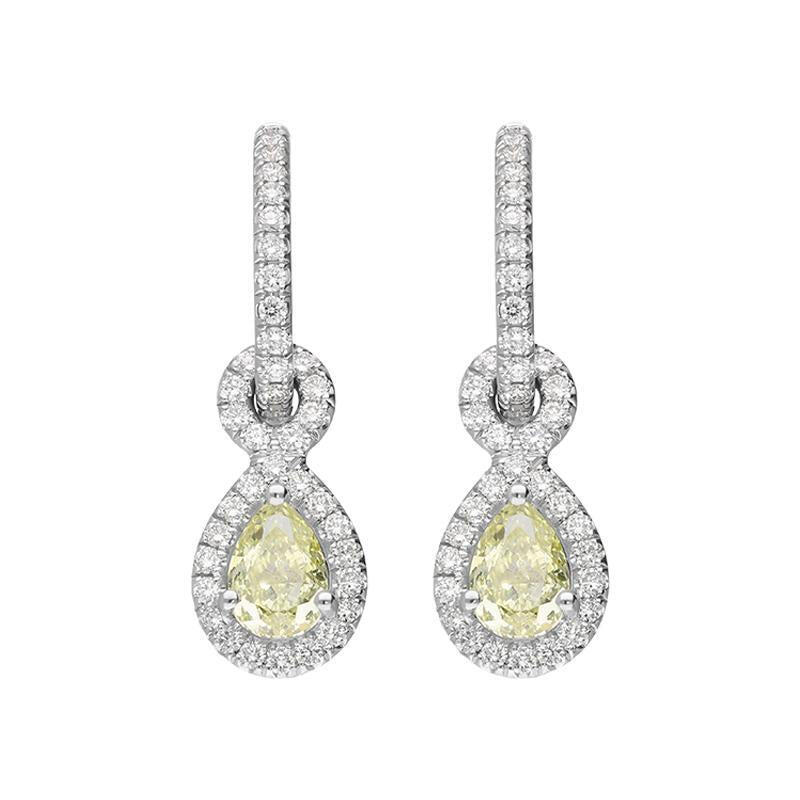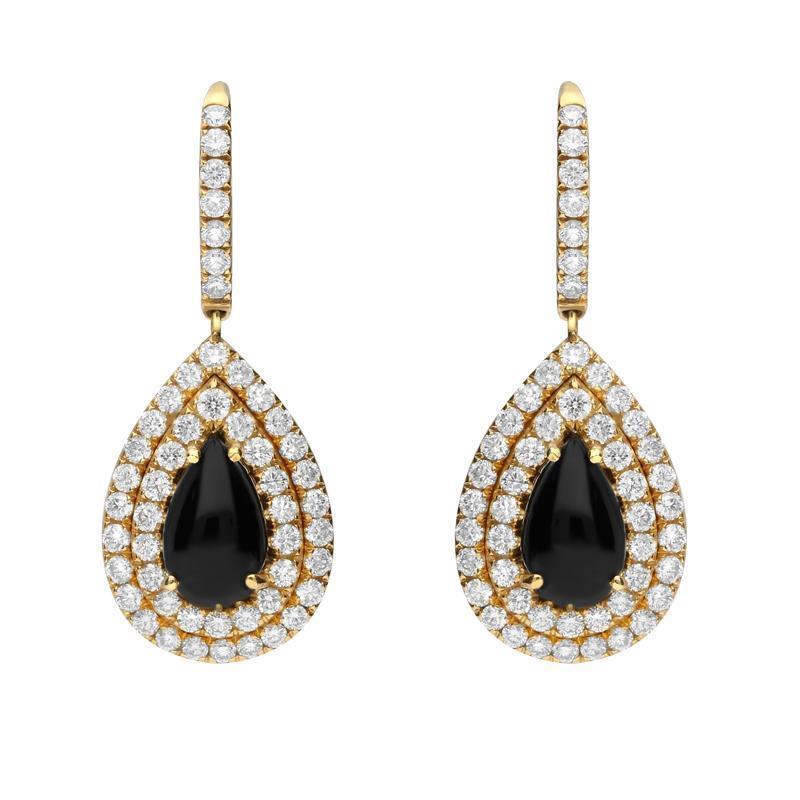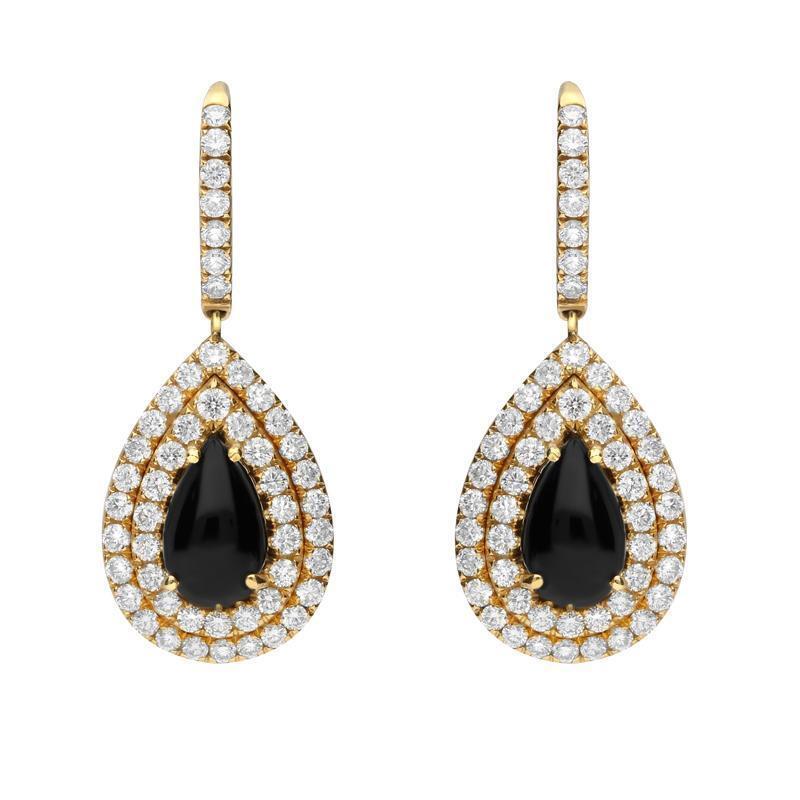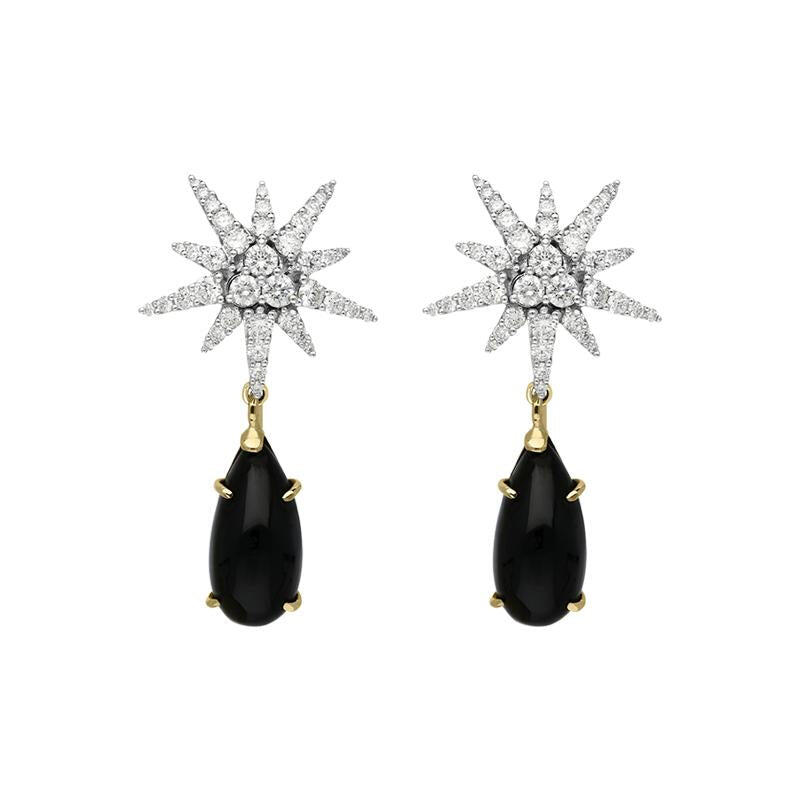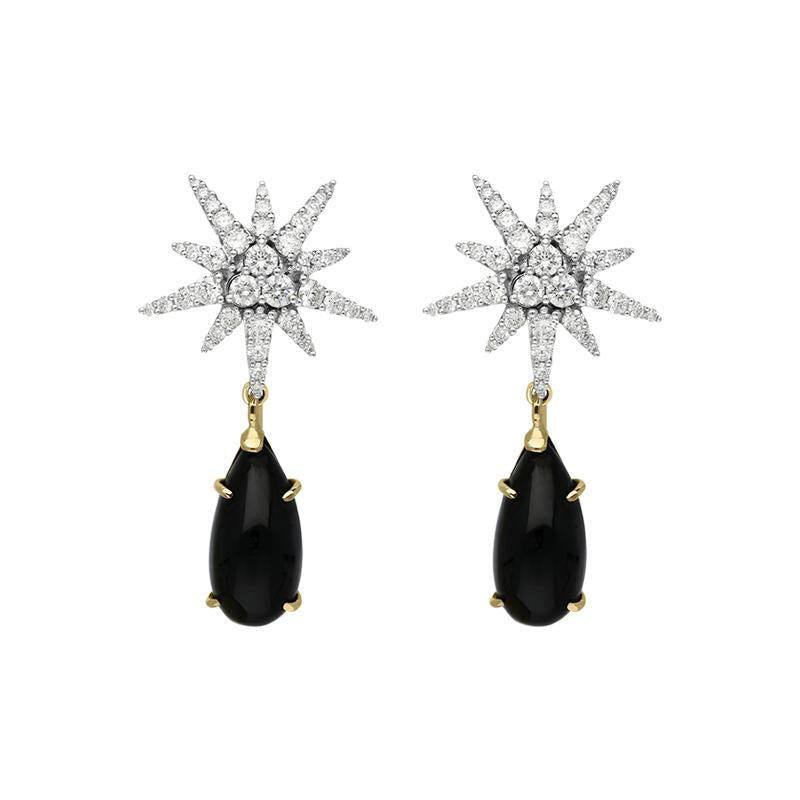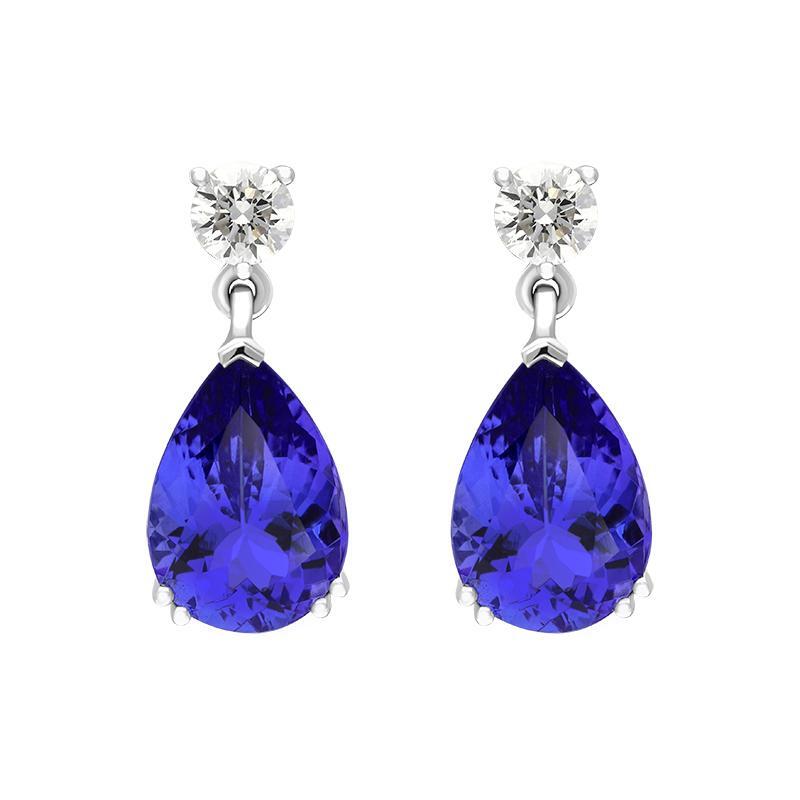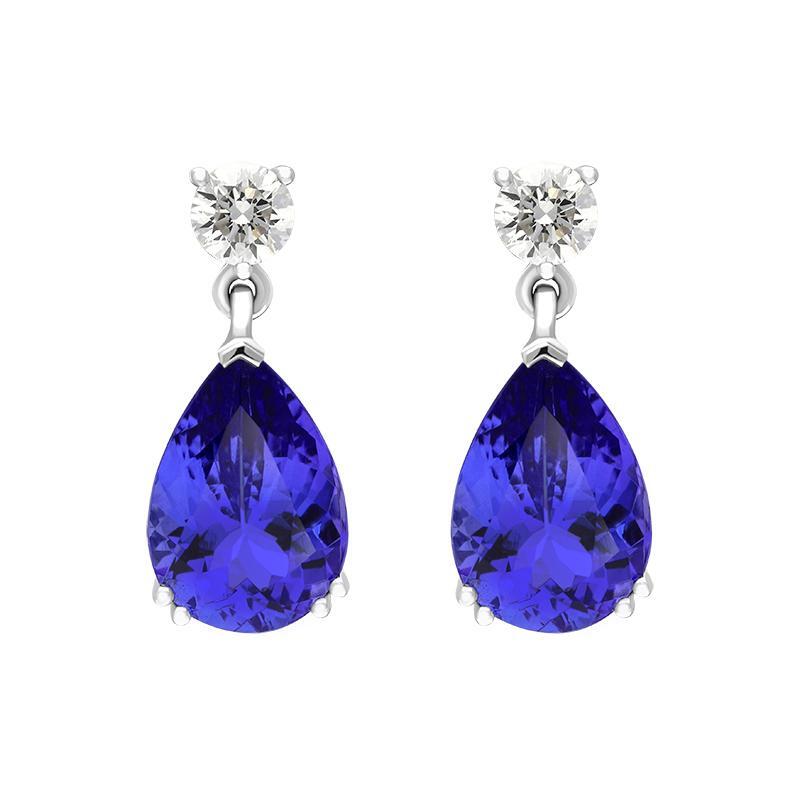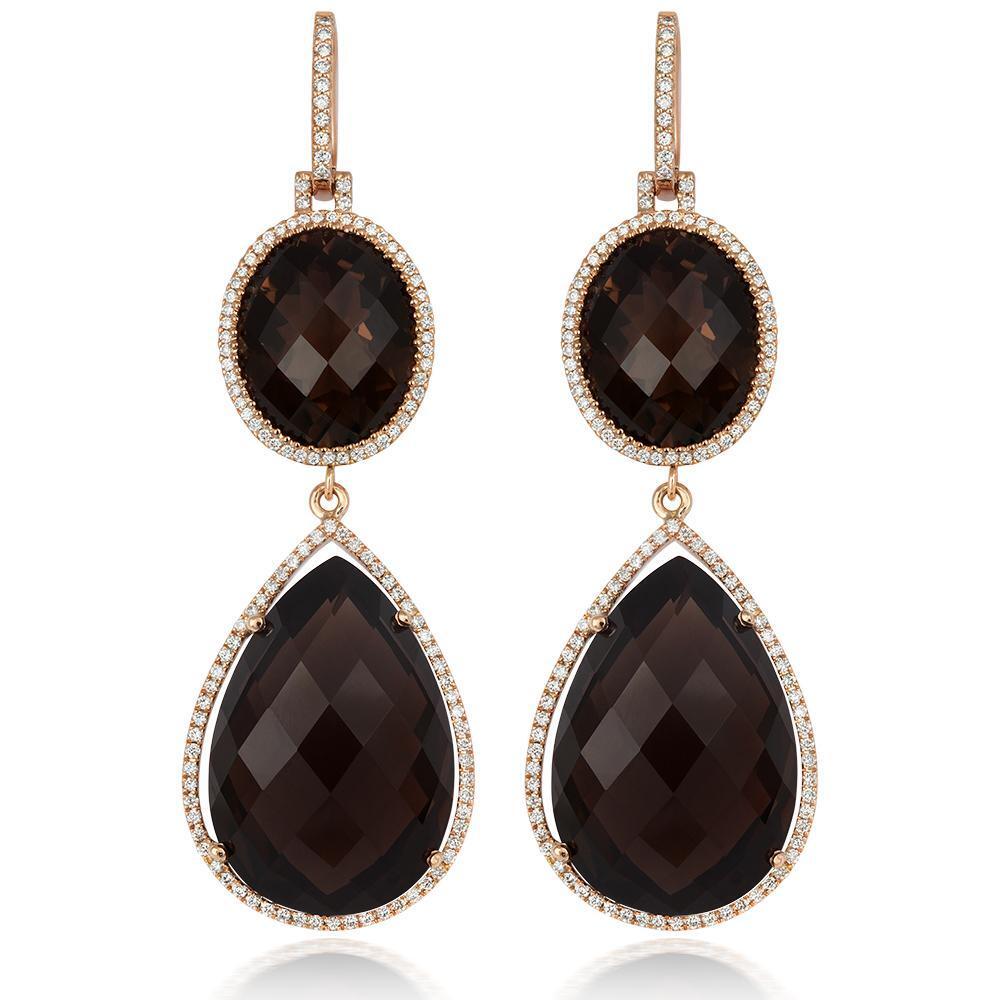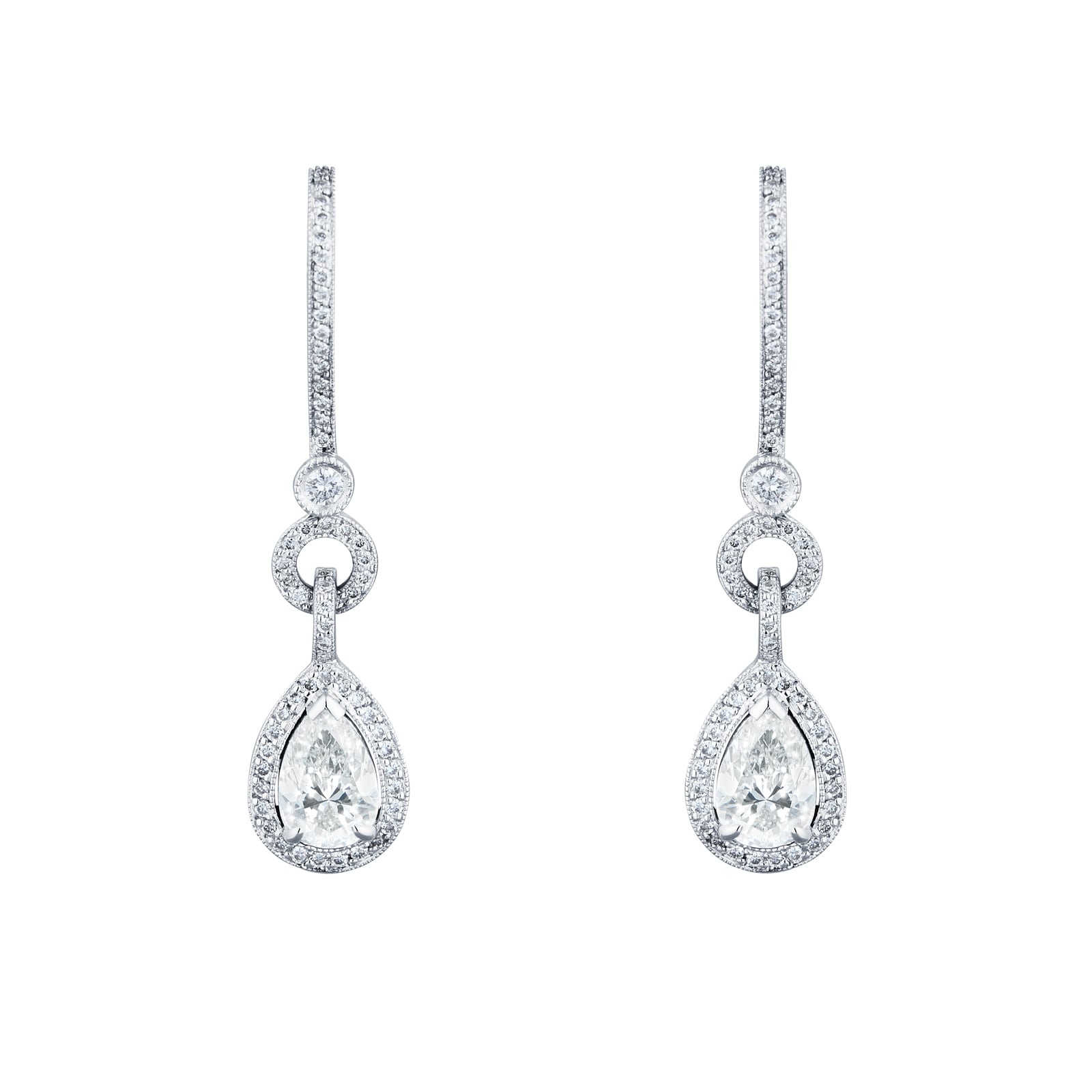
What are Lab Grown Diamonds?
How do lab grown diamonds compare to real diamonds? Here we find out.
Interview with Shiny Bee on 2022-09-23
What are lab grown diamonds?
Lab grown diamonds are created in a laboratory using advanced technology that replicates the conditions under which natural diamonds are formed. These diamonds have the same physical, chemical and optical properties as natural diamonds, but they can be produced at a fraction of the cost.
How are lab grown diamonds made?
Lab grown diamonds are made using one of two methods: high pressure, high temperature (HPHT) or chemical vapor deposition (CVD).
In the HPHT method, a small diamond seed is placed in a growth chamber and subjected to extremely high temperatures and pressures. These conditions cause the carbon atoms in the diamond seed to break apart and reassemble into a larger diamond.
In the CVD method, a thin layer of carbon-containing gas is deposited onto a diamond seed in a low-pressure chamber. A plasma beam is then used to break down the gas molecules into their individual atoms.
What are the benefits of buying a lab grown diamond?
There are many benefits to buying a lab grown diamond. They are typically cheaper than natural diamonds, and they are also more environmentally friendly since they do not require mining. Additionally, lab grown diamonds tend to be of better quality than natural diamonds, meaning that they are less likely to have inclusions or blemishes.
Are lab grown diamonds less expensive than natural diamonds?
There is a wide range of prices for lab grown diamonds, depending on the quality of the diamond and where it is purchased. In general, lab grown diamonds are less expensive than natural diamonds.
Do lab grown diamonds have the same physical and chemical properties as natural diamonds?
Yes, lab grown diamonds have the same physical and chemical properties as natural diamonds.
How can you tell if a diamond is a lab grown diamond?
There are a few ways to tell if a diamond is lab grown:
1) The price may be a giveaway – since lab grown diamonds cost less to produce, they are typically sold at a lower price point than natural diamonds.
2) Another way to tell is by looking for certain telltale impurities or inclusions in the diamond. Lab grown diamonds often contain nitrogen, whereas natural diamonds do not. So if you see small streaks of yellow or brown in the diamond, it may be an indication that it is lab grown.
3) Finally, you can also ask your jeweller for a certificate of authenticity from an independent organisation like the International Gemological Institute (IGI). This will confirm whether the diamond is natural or lab grown.
Are all lab grown diamonds created equal?
No, all lab grown diamonds are not created equal. Different laboratories use different methods to grow diamonds, and some methods are better than others. Additionally, the quality of the raw material used to create the diamond can also affect its final quality.
What are the different types of lab grown diamonds?
There are two main types of lab grown diamonds: CVD (chemical vapor deposition) and HPHT (high-pressure high-temperature).
Where can I buy a lab grown diamond?
There are a few different places where you can buy lab grown diamonds. One option is to look for online retailers that specialise in selling these types of diamonds. Another option is to visit a jewellery store that carries lab grown diamonds. You may also be able to find lab grown diamonds at some general retail stores, although the selection may be limited.
How do I care for my lab grown diamond?
Lab grown diamonds should be treated the same as natural diamonds when it comes to care and cleaning. Avoid contact with chemicals and harsh cleaning products, and instead clean your lab grown diamond jewellery with warm water and a mild soap. Gently scrub the diamond with a soft toothbrush to remove any dirt or debris, then rinse well and dry.


